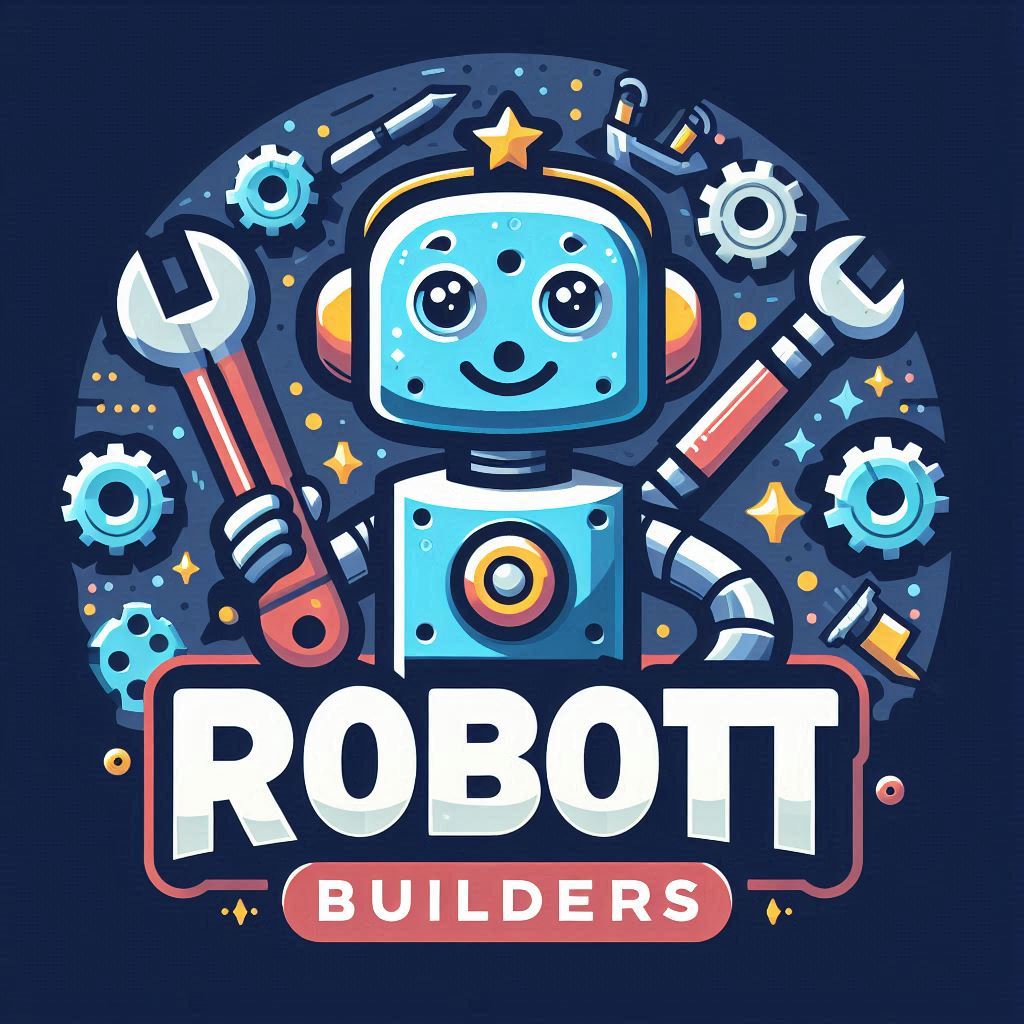Image recognition is one of the most exciting applications of Artificial Intelligence (AI). From identifying faces to classifying objects in photos, AI-powered image recognition tools have revolutionized industries like healthcare, retail, and security. If you’re interested in building your own AI tool for image recognition, this beginner-friendly guide will walk you through the steps, ensuring you create a functional, scalable solution.


Step 1: Understand the Basics of Image Recognition
Before diving into development, it’s essential to grasp the fundamentals of image recognition:
- What is Image Recognition? It’s the process of identifying objects, patterns, or features in digital images using machine learning and deep learning techniques.
- Applications: Examples include facial recognition, medical imaging, product tagging, and more.
- Core Technologies: Convolutional Neural Networks (CNNs) are the backbone of most image recognition systems.
Tip: Having a clear understanding of the problem you want to solve will guide your development process.
Step 2: Define the Scope of Your Tool
Determine the purpose and features of your AI tool:
- Target Users: Who will use your tool? (e.g., developers, businesses, general consumers)
- Core Features: Will it classify images, detect objects, or analyze patterns?
- Specific Use Cases: Focus on applications like facial detection, license plate recognition, or defect detection in manufacturing.
Tip: A clear scope helps you select the right technology and datasets.
Step 3: Gather the Right Tools and Libraries
To build an AI tool for image recognition, you’ll need a solid tech stack. Here are the essentials:
- Programming Language: Python is highly recommended due to its rich libraries for AI and machine learning.
- Frameworks and Libraries:
- TensorFlow: Offers pre-built models and support for deep learning.
- Keras: Simplifies the process of building neural networks.
- PyTorch: Known for flexibility in model experimentation.
- OpenCV: Useful for image processing and analysis.
Tip: Start with frameworks that offer strong documentation and beginner-friendly tutorials.
Step 4: Collect and Prepare Your Dataset
Your image recognition tool relies on high-quality data for training and testing. Here’s how to proceed:
- Image Sources: Use publicly available datasets like CIFAR-10, MNIST, or ImageNet. For specific needs, collect domain-specific images.
- Annotation: Label images manually or use tools like LabelImg for accurate annotation.
- Preprocessing: Enhance the quality of input images by resizing, normalizing pixel values, and augmenting data with techniques like rotation or flipping.
Tip: Preprocessing reduces noise and ensures more accurate model performance.
Step 5: Train Your Image Recognition Model
The heart of your tool lies in the model. Here’s how to train it:
- Select a Model Architecture: Start with a pre-built model like ResNet, MobileNet, or VGGNet for ease of use.
- Train Your Model: Use your dataset to teach the model to identify patterns and classify images.
- Fine-Tune: Adjust hyperparameters like learning rate, batch size, and number of epochs to optimize performance.
- Validate Results: Use a test dataset to evaluate the model’s accuracy and refine as needed.
Tip: Utilize cloud platforms like Google Colab to leverage GPU resources for faster training.
Step 6: Develop a User Interface
Make your tool user-friendly with a simple interface:
- Input Options: Allow users to upload images or link to URLs.
- Output Display: Provide clear results, such as object labels, classification scores, or bounding boxes.
- Platform Compatibility: Choose whether your tool will be web-based, desktop-based, or mobile-friendly.
Tip: Frameworks like Flask or Django are great for building web applications.
Step 7: Test and Deploy
Before launching your tool, perform rigorous testing:
- Functionality Testing: Ensure the tool works with various image types and formats.
- Performance Testing: Evaluate processing speed, scalability, and accuracy.
- Bug Fixing: Address any errors or issues that arise during testing.
Deployment Options:
- Cloud Platforms: AWS, Google Cloud, or Microsoft Azure for scalability and reliability.
- On-Premise: Suitable for tools requiring offline functionality or data privacy.
Step 8: Monitor and Optimize
Post-launch, it’s essential to track your tool’s performance and update it based on user feedback:
- Usage Analytics: Monitor user behavior to identify areas for improvement.
- Regular Updates: Enhance your model with new datasets and features.
- User Feedback: Create a feedback loop to address user needs and expectations.
Tip: Frequent updates keep your tool relevant and competitive in the market.
Benefits of Building Image Recognition Tools
- Wide Applications: From healthcare to e-commerce, the use cases are endless.
- Automation: Saves time by automating tasks like tagging and sorting images.
- Cost-Effective: Reduces reliance on manual processes, improving efficiency.
Challenges to Prepare For
- Dataset Limitations: Insufficient or biased datasets can impact model accuracy.
- Computational Requirements: Training models may require powerful hardware resources.
- Ethical Concerns: Ensure your tool respects privacy and avoids biases.
Tip: Address these challenges proactively during planning and development.
Conclusion
Building an AI-powered image recognition tool is an exciting venture with limitless potential. By understanding the fundamentals, selecting the right technology, and following a structured approach, you can create a tool that’s both functional and impactful. Start your journey today and explore how AI can revolutionize the way we interact with images.
